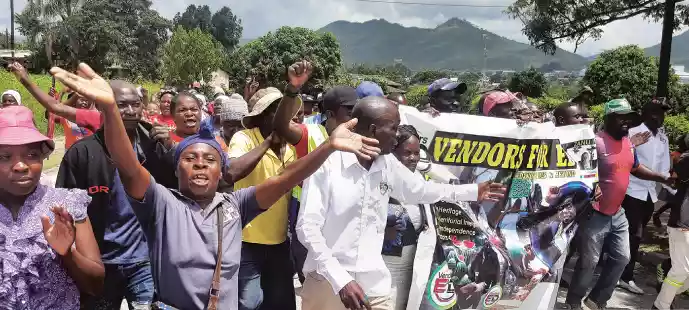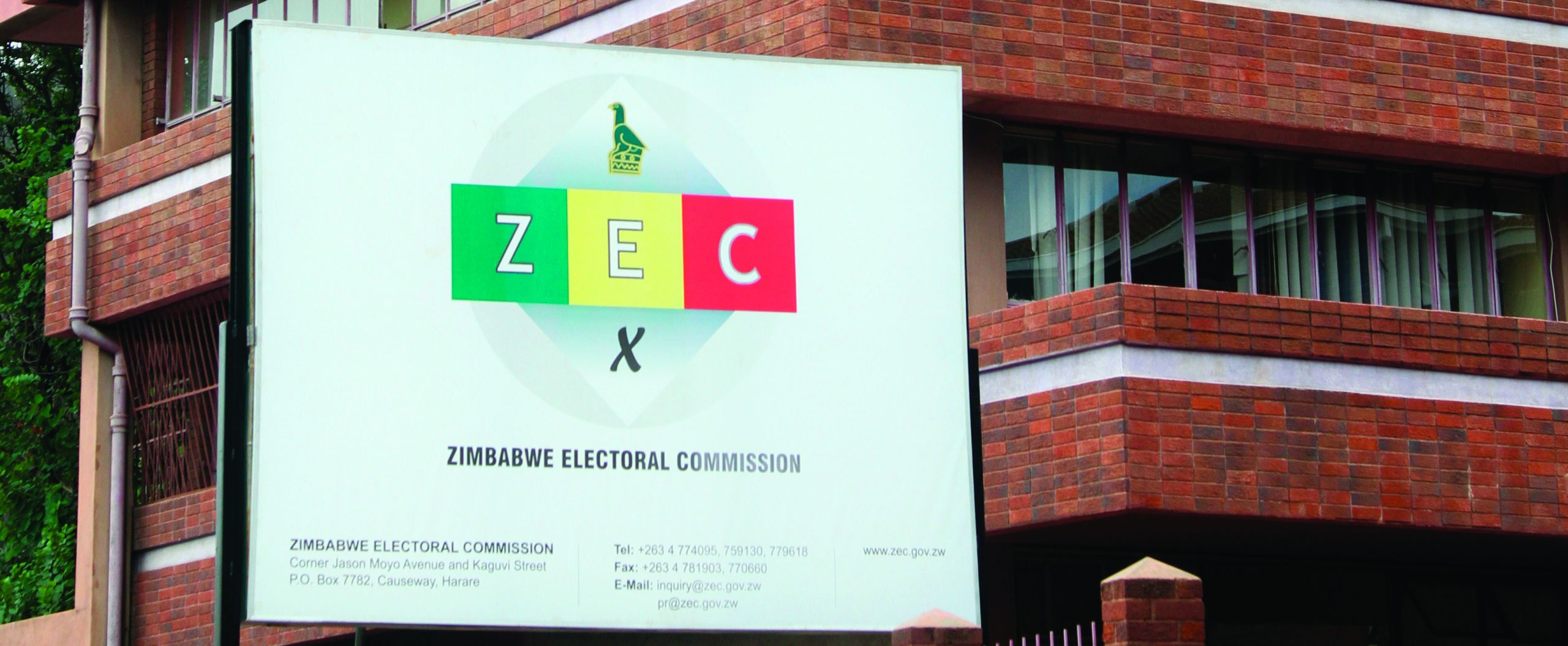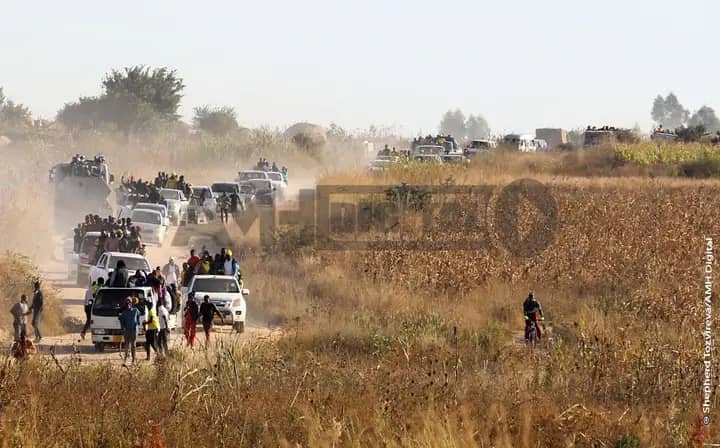
BY BHEKILIZWE BERNARD NDLOVU
They invited him to an interview and decided to be unconventional about it and so they sent someone to go and monitor his movements from his residence to the place where the interview was going to take place. It became a total thriller as the person monitoring him parked under a tree next to his residence, ready for the show.
This was to become the interview of the year.
The organisation in question was looking for a CEO and their philosophy and culture focused on people as a resource that needed to be fully utilised. The CEO had to be that person who was in touch with the dynamics of the human resource, a man or woman in control of his or her mental faculties and self-control.
They had made it clear on their job advert whom they wanted; a people-orientated leader who could revolutionise a performance hungry workforce that just needed leadership and resources.
When he saw the job advert, he was certain that they were looking for him. We are talking here about a man who had become a business celebrity not only in his city but the whole country. He had been covered as a trailblazer story by many newspapers as someone who was performing wonders in the workplace, a great manager and turnaround specialist.
They wanted to push him, test him and have him have his back against the wall so that they could see that he was the person they were looking for and fitting the profile they had advertised.
Their human resources executive spoke a lot to the board of directors about the need to go all out regarding revolutionising the human resource because he came from a research conviction and believed, based on research that the people as a resource, lay at the centre of success and so he was promoting a new culture of investing in leadership, real leadership that didn’t just want to do business but also to make a big difference and turn their business into a transformative space where the human resource moved away from viewing work as just something to do for survival and began to view it as the present moment they could thrive in and transform in the process.
- Chamisa under fire over US$120K donation
- Mavhunga puts DeMbare into Chibuku quarterfinals
- Pension funds bet on Cabora Bassa oilfields
- Councils defy govt fire tender directive
Keep Reading
There was no compromise, therefore, when it came to leadership because he upheld the maxim that ‘the culture of an organisation reflects the character of its leader’ and so if you want to fix the culture you go to the head.
The same principle applies to individual behaviour because one has to organise their mind for every other area to fall into place, meaning the emotions, the body, and the energy. So, the organisation as a collective body has the leader as the head and if anyone wants to fix the body they just have to organise the leader.
This organisation, therefore, was run on a ‘practice as research’ basis with the inquiry question that the South African workplace psychologist Arnold Mol raises when he talks about motivating employees in his book Creating Winners in the Workplace; ‘How do we get people to function at the ‘Maximum Level’ where they do more than what is expected of them? How do we get them to give that ‘extra,’ particularly in a time of crisis’ and one can add a rejoinder there to say, ‘like in the case of Zimbabwe where there is a deep sense of crisis all round…’?
This gentleman, the CEO interview candidate was coming to be subjected to this kind of background and the creative human resources executive had sent the safety manager to test him.
When he came out of his house driving, the safety manager followed him, driving slowly behind him. He noted that he seemed to continuously check his watch and somehow looked a bit anxious about time. He was smartly turned out and looking really ready for the interview in terms of apparel.
Just about a kilometre away from the place of the interview, the safety officer decided to up his game, or he would have nothing to report to the human resources executive. He quickly drove faster and as they were about to both take a right turn he carefully intercepted him and in the process inviting his fury. He shouted at him telling him to be careful on the road and showing him the middle finger literally much to the amusement of the safety officer who was taking notes as all this happened.
Little did the CEO interview candidate know that the interview had already begun and that he had been marked down for question 1. The games had already begun, and he was down one nil. The safety officer pulled down his window and shouted back, making sure he saw his face and the two had a thorough shouting match. The safety officer quickly drove off and used a different gate so that the CEO candidate wouldn’t immediately see he was under a test.
The CEO candidate got into the premises still recovering from the road rage shock and getting his temper back. He was quickly welcomed by the receptionist who alerted human resources and without wasting time the HR officer came over to lead him to the boardroom where the interview was going to continue.
Much to his surprise, the road rage instigator was there in the panel with a broad smile. He was even the first to extend his hand to welcome him. They looked at each other as they shook hands, stopped before they could let go of each other and burst out laughing.
‘So, this was planned’? he inquired, and the safety officer playfully denied. ‘You just lost your temper Sir’ said the safety officer, laughing. ‘No man, you intercepted me…’ as he was saying this the human resources executive came in to start the interview and the first question after all protocol had been done was, ‘Do you consider yourself to be in control of your temper…?
This was an unconventional interview, and everyone enjoyed it including the CEO. He had to throw away his notebook and bring his natural self A game to the space. There were no such questions as ‘please tell us about yourself…’ because he had already started answering that question when he turned right a kilometre away and so the interview just took it from there and became a natural way of engaging.
The interview as a method of hiring has, for many, become a place where a lot of carefulness is practised, and both the interviewer and the interviewee have a known set of questions they have rehearsed and know how to ask and answer.
This particular interview had no order. It started at home with the safety officer noting that the CEO candidate was well turned out and sending that note to the interviewers’ WhatsApp group.
He made sure they were kept posted regarding every step of the way. Even right at the ‘road rage’ scene he secretly took pictures and posted them on the whatsapp group to the extent that when the candidate got into the boardroom they really had to hold their laughter because they had been in stitches before he came in.
The good news is that he got the job and according to the human resources executive the secret was because they managed to create a safe and natural space for him not just to talk about his strengths and weaknesses, for example, but to live them and openly discuss them live.
Let’s treat the subject of the interview as a hiring method next week and see if there is more that can be done to inject some life into it as we think outside the box.
- Bhekilizwe Bernard Ndlovu’s training is in human resources training, development and transformation, behavioural change, applied drama, personal mastery and mental fitness. He works for a South African organization as a learning and development specialist, while also doing a PhD with Wits University where he looks at violent strikes in the South African workplace as a researcher. Ndlovu worked as a human resources manager for a number of blue-chip companies in Zimbabwe and still takes keen interest in the affairs of people and performance management in Zimbabwe. He can be contacted on [email protected]










